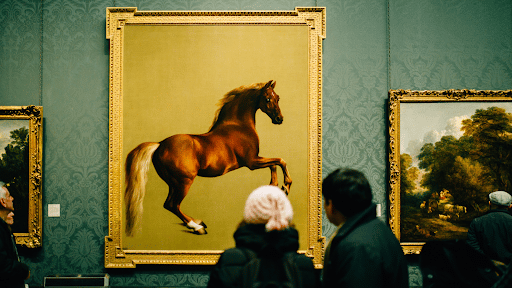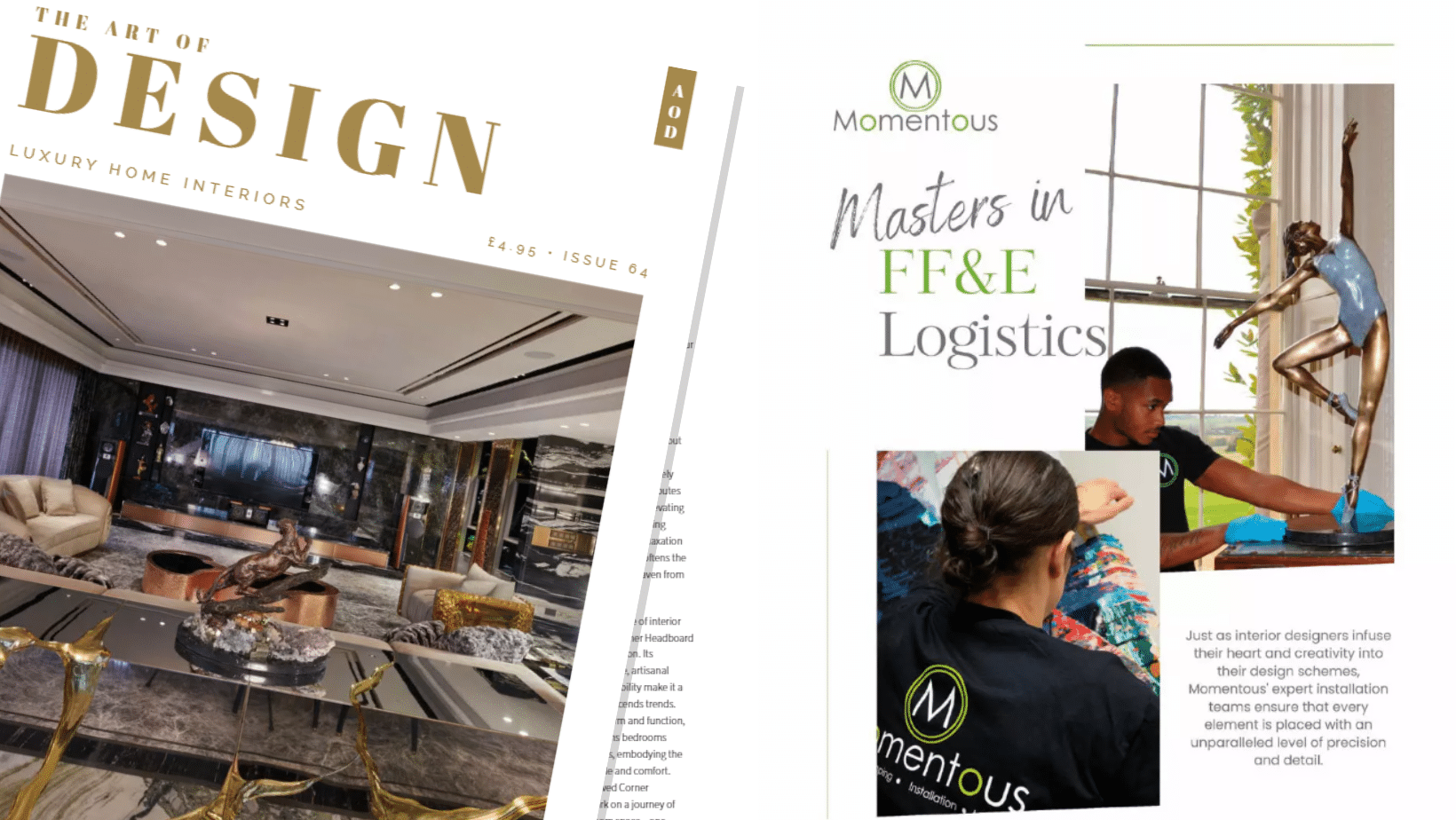
Is Fine Art A Good Investment?
POSTED ON August 16, 2022 BY Logistics SpecialistThe fine art market has become one of the largest investment scenes in recent years, with collectors frequently buying pieces to add to their investment portfolio. However, this can be a risky business, as one can never truly estimate the future value of the pieces they invest in. It is also important to consider the additional costs of fine art investment, such as art storage, insurance and commissions.
If you’re wondering if fine art is a good investment, we’re here to help. In our guide, we cover everything you need to know about investing in fine art, as well as some useful tips if you do plan on doing so.
The Fine Art Market
Investing in fine art is a great way to diversify your investment portfolio, taking it away from traditional stocks and bonds that are so common nowadays. Despite this, the illiquidity of the art and collectables market can make it a riskier investment. Therefore, it is recommended that you do not rely on art investment as a single source of steady income, it should be an extra.
When Should I Invest in Fine Art?
Knowing when is the right time for you to invest in fine art is important. Here are some signs that suggest that you are ready to start the investing process:
- You Like Art – It is not uncommon that most fine art investors start out as avid art admirers or even collectors. If you enjoy spending time at art galleries and are already searching for your next piece, you can simply turn it into your next investment asset.
- You Have The Money – The best way to approach a fine art investment is to consider the aesthetic pleasure first. As mentioned, art investment will not provide a steady income and should be invested in as extra earnings. It is important to invest in something that you can afford to lose.
- You Understand The Maintenance – When investing in fine art, you have control over your assets. Whilst this is a good thing, it also means that you have total responsibility. This covers keeping the art in top condition and finding the correct storage facility to house it.
How To Buy Fine Art
Once you have settled on investing in fine art, you will need to know how to buy it and where. The art world is broad and it can be daunting to pick the best assets. We would recommend starting off with a clear idea of what genre or time period interests you best to help narrow your search. Try visiting art galleries, museums and collectors fairs to determine what style you like and to understand the market value. Don’t limit yourself to what you feel is ‘safe’ either, art can vary from classic paintings all the way to historic archaeological items.
If you are new to fine art investment and are still unsure, it may be worth considering working with an investment company that has expert knowledge within the industry. They can help you understand the market and to invest in a piece that will guarantee a return.
When it comes to buying your piece, you can look anywhere from museums and galleries to auction houses. The environment may be more intense, but you can score good prices on fine art here.
What Makes a Good Investment?
There are a number of different factors that can make a piece a good investment, including:
- Rarity – This is how rare a piece of artwork is. Pieces that are limited edition are always seen as more desirable compared to those that are made in mass production. Replicas or reproductions will, of course, be of lower value.
- Notoriety – How well-known the artist is will also play big importance in the value of the artwork. Artwork from well-known artists will undoubtedly attract far higher prices.
- Individuality – Artwork that is new, exciting and innovative will be seen as one of a kind, putting the value up higher. This can be a risk though, as artwork that challenges the norm can go one way or the other.
- Condition – The artwork’s condition will play a major role in its value. If the fine art is damaged, the value will be significantly less.
Is Fine Art a Good Investment?
There is no doubt that fine art is a great investment. There are countless examples of artworks that have massively appreciated in value. Take Vincent Van Gogh for example, who only sold one painting during his career. Now, his ‘Sunflowers’ painting sits at a market value of just under $40 million. Ahead of investing, we would always recommend thoroughly researching the market beforehand so that you know what to expect and how to approach it.
It is really important to remember the additional costs and considerations, however. Storing and moving fine art can be a challenge, and if not handled correctly, can negatively impact its value. At Momentous, we offer specialist fine art moving and storage services. Get in touch with our team today if you would like to find out more or request a quote.


